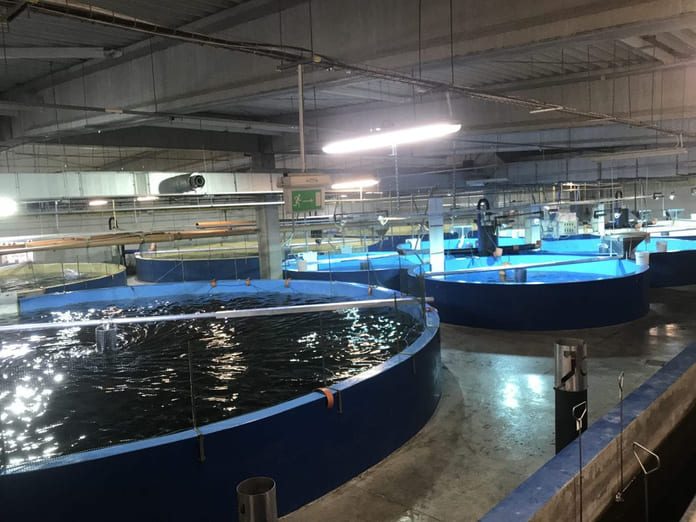The key to financing land-based fish farms for salmon is something of a shopping list. But now this one can be changed.
The recipe has been very simple and easy to understand. Use a reputable design company to draw a large land-based fish farm. Size is important, investors like large-scale. Sign a delivery contract and buy a plot, conditional on financing. Get your message out in relevant media. Raise investor funds to keep going in the first round.
Then go on the stock exchange, get more money, on rising prices. Communicate plans for a new stage of construction. The share price will rise as milestones such as the development of facilities, hatching of eggs and transmission of smolt are approaching. Run several smaller share issues, on rising prices.
Probability weight
Use skilled PR advisers and social media to get your message out. Keywords: Disruption, sustainability, lice-free, revolution and carbon footprint.

The financial market will price this by weighting the possibility that it CAN become highly profitable and it is nevertheless MUCH cheaper than buying ordinary salmon licences. Feel free to bring in a green bond, once you get started.
The risk in this phase minimal, and in practice the same as building a smolt facility. There’s money on the street.
One first encounters risks in the ongrowing phase.
Recipe for success
This has been a recipe for success. Especially for Atlantic Sapphire and Andfjord Salmon, but also Salmon Evolution.
But what happens if investors say “no thanks”? What happens if stock market liquidity is tightened and sector competition for free funds increases? What happens if the green bond market starts to be saturated by “sustainable projects”?
What happens if any of the other RAS facilities experience production trouble and with it show a fundamental systemic risk?
- Also more: Production trouble cooling RAS fever
Crack
This issue is probably high on the board agenda of the long line of players with long land-based salmon farming plans. One does not have to look further than the share prices for the RAS farmers on Oslo Stock Exchange to see that this strategy has begun to crack.
Equity prices in the sector are no longer rising. They’re falling.

Share issues on falling prices are not so much fun for those investors who have been involved for a long time. If green bonds are not given, it is not a given that ordinary bank financing is provided. Banks have generally been reluctant in their eagerness to take on risk here. And then there is an equity market, on or off the stock exchange.
If you don’t have rich and generous uncles who can help with funding, it can be tough to get the facilities funded on decent terms. Not everyone will succeed in reaching their RAS dreams.

